Feature 9 min read
As the cost of energy rises, we look at the top five issues affecting the EV charging industry
A comprehensive and fit for purpose charging infrastructure is one of the most important things for the car industry to reach a ‘tipping point’ where EVs become more attractive to run than internal combustion cars. At the moment, however, the industry is facing challenges from several directions which it needs to overcome.
None of the challenges are as high-profile as the current volatility of the energy market. Against a backdrop of price rises that have made charging as expensive as refuelling in some instances, the industry is struggling to keep up with both consumer demand and the cost savings that used to be a given.
Here are the top five issues that the charging industry is facing, and how it might overcome them:
1. Cost
According to figures from the RAC, the cost of charging an EV at a rapid public charger – that is to say 25-99kW – has risen by over 42 per cent in just four months. The same increase in cost is true for ultra-rapid chargers. On average, a kilowatt hour of energy costs 63.29p from a rapid charger, up from 44.55p in May of this year. There’s little cost difference for ultra-rapid, too, with the same measure of energy now costing 63.94p compared to 50.97p in May.
In real terms, an EV with a 50kWh battery will cost £22 to charge from 10 to 80 per cent today, whereas it would have been around £16.50 back in May. As such, an EV owner charging exclusively at these chargers would be spending around 18p per mile – just 1p per mile less than a petrol car averaging 40mpg.
This is all due to the same global forces that have seen domestic energy increase in cost, and 23 charging companies have written to the government, lobbying to reduce the rate of VAT from 20 per cent to five per cent – the same as consumers pay when charging at home. A cut of this size would bring the cost of charging at a rapid public charger down to around 55p per kilowatt hour, once again restoring the EV advantage.
Within this, it’s worth bearing in mind that despite higher domestic energy costs, most people still charge at home. Under these circumstances it’s clear cut: EVs are significantly cheaper to run than petrol and diesel vehicles.
2. The number of connectors
According to the government’s report on the matter, if EV adoption continues as predicted, by 2030 we will need 365,000 charge points to keep everyone moving. At present, and according to Zap-Map’s data, just over a tenth of that number is in place with 33,996 devices connected as of August 2022. These are spread across 20,534 locations and have 56,237 individual connectors between them.
The figure of 365,000 charge points was landed on by the Policy Exchange think tank and presented within the report ‘Charging Up’. Adding around 35,000 new charge points per year until 2030 is a huge ask of the industry, though as it stands it is keeping up. Compared to the end of August last year, there has been a 34 per cent increase in the number of charging devices with around 1500 new connections per month being a typical figure.
Keeping this flow of new chargers coming requires a lot of money and the government has committed £1.6bn to the cause through its Electric Vehicle Infrastructure Strategy. Some £500m will go towards infrastructure in communities where off-street parking isn’t feasible; £450m is up for grabs by local authorities and there’s an existing £950m rapid charging fund which will support the installation of at least 6000 high-speed chargers by 2035.
3. The types and location of chargers
We often talk about the mix of chargers that are available to the public, and by this we mean the speeds at which they can deliver electrons into a car’s battery. Zap-Map categorises chargers into slow (3-6kW), fast (7-22kW), rapid (25-99kW) and ultra-rapid (100+kW).
At present, the category with the most chargers within it is the fast category, with 19,362 charge points online compared to slow at 8398, rapid at 4277 and ultra-rapid at 1959.
In the future there will need to be a suitable blend of these speeds to cater for demand. For example, slow and fast chargers will need to be the most numerous, catering for longer dwell times in locations where households can’t charge off road. When we spoke to CEO of Connected Kerb, Chris Pateman-Jones, about this, he told us: “Most people won’t charge most of the time on ultra-rapid chargers, so whilst developments in this area (such as 350kW capability) are important, longer dwell time charging will still dominate.”
Higher speed chargers are needed on the strategic road network, and that’s where the £950m rapid charging fund comes in. A reliable, convenient rapid charging network is required to push people towards EVs and away from petrol or diesel as they make long journeys possible. Fiona Howarth, CEO of Octopus Electric Vehicles, said: “Having an increasing base of reliable rapid chargers will continue to build confidence and encourage more people to make the switch to clean, green driving.”
Location is another issue as at present, decent public charging is a postcode lottery. Moreover, there’s a significant imbalance in regional charging availability.
Of all charge points in the UK, 32 per cent are in Greater London, followed by 13 per cent in the South East, then 9.2 per cent in Scotland as a whole. Northern regions are typically worse off, and whilst they have a smaller EV car parc it can be argued that the lack of public charging is a reason behind this.
One of the biggest issues in terms of regional spread is the propensity of local authorities to apply for and spend funding on charging. Around half of the UK’s local councils spent nothing on EV charge points in 2021, despite centralised government funding being available, leaving a reliance on the private sector to fill in the gaps. Chris Pateman-Jones commented: “I think that a step change in terms of what local councils are doing is needed. There are some leading lights out there like Kent and Sussex, Coventry and Cambridge – but there needs to be an uplift in terms of size, scale and speed of deployment of charge points.”
4. Energy availability
First of all, let’s get some myth busting out the way. Contrary to what a lot of people say, there is plenty of energy within the grid to cope with charging a future where the majority of people drive EVs. Where the grid struggles is in distributing that energy to where it is needed.
Adding capacity to the national grid is one of the challenges facing the UK before the end of the decade and billions of pounds is required to make necessary upgrades to ensure there’s enough energy availability in rural locations.
We’re not talking about domestic or slow chargers of up to 7kW here; those can be installed straight into the standard, domestic supply. But if a new rapid charging hub is needed, for instance, at a service station on a remote section of motorway, the upgrades to get the supply to that location are very expensive and typically, one company will foot the bill with subsequent charger installations reaping the rewards.
BP Chargemaster told us in a previous article: “Currently, a new connection that takes any existing local grid capacity over a certain threshold resulting in significant reinforcement work being required incurs all of the cost of that reinforcement upfront, with any subsequent new connections paying a much lower cost as the upgrade work will have been done.”
Even on retail sites where there is plenty of energy infrastructure, upgrades can be costly – especially if more than one provider wants to install charge points. Charging company, Engenie, told us: “We are able to secure sufficient power for at least one rapid charger at the majority of retail sites, but the lack of power availability is still the major hurdle to rapid charger installation. Once the power from a substation has been taken by one party then it will be significantly more expensive for other parties to install EV chargers.”
The actual cost to create fair and suitable energy availability is debateable, but it’ll run into the billions of pounds. Smart grids, home generation and localised storage, however, can be used to take the edge off these costs.
5. Reliability
Any EV driver will tell you that most of the time, charging is a doddle. They’ll also tell you that when chargers are out of service, it’s a massive pain in the proverbial – especially during longer journeys where distances between chargers and charges will be longer.
It’s fair to say that parts of the UK public charging network have a reliability issue. Charging anxiety is the new range anxiety, with owners far more concerned about being able to charge than their car’s range. According to poll by Which?, 74 per cent of 1500 EV owners were dissatisfied with the UK’s public charging network, with 40 per cent experiencing broken chargers and 60 per cent having faced problems with payments.
Some networks are better than others with Tesla superchargers regularly coming out on top, but there are increasing calls to simplify charging, improve reliability and enhance the EV ownership experience.
For example, the government’s EV infrastructure strategy calls for a 99 per cent reliability rate for rapid chargers. Furthermore, contactless payments are mandated across all government-funded chargers, reducing the need for EV owners to have a multitude of apps to gain access to a network.
According to Sue Davies, head of consumer protection policy at Which?: “The Government must move quickly to implement its plans to improve the consumer experience of using the public charging networks by extending reliability standards across the full network and ensuring proposals for payment roaming make paying to charge much simpler. Drivers should be able to pay via bank card wherever possible, or via a single app or payment card that is accepted by all networks.”
Some charge point providers are already working on the hardware itself, ensuring that it has longevity built in, with Connected Kerb’s Chris Pateman-Jones stating: “Current infrastructure isn’t built to last – it’s built with an asset replacement mindset rather than a repair and maintenance mindset. For most chargers, key failure point is the socket and the cable. If a socket breaks on our system, it can be replaced – not the whole charging point. The rest of our charge point system is also modular so it can be replaced or upgraded.”

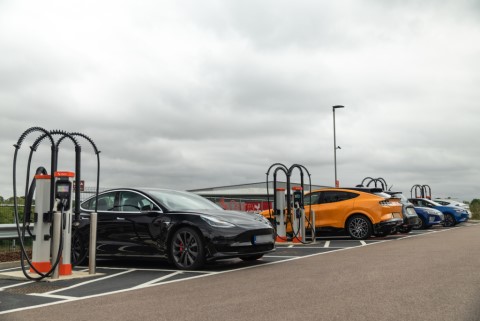
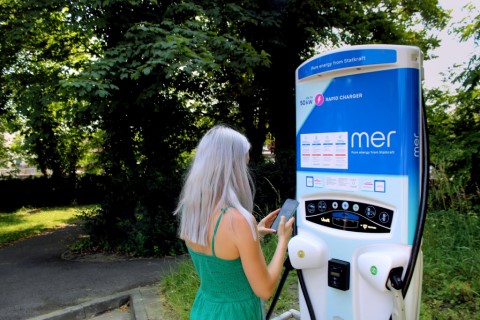
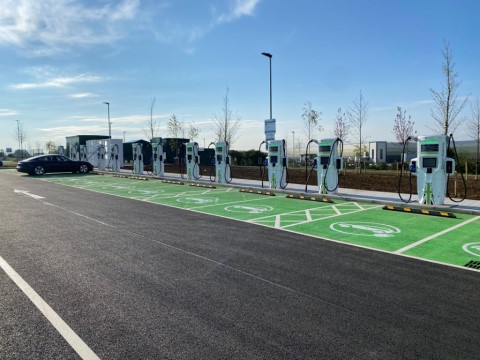
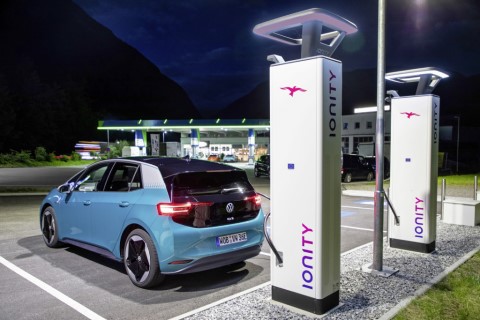
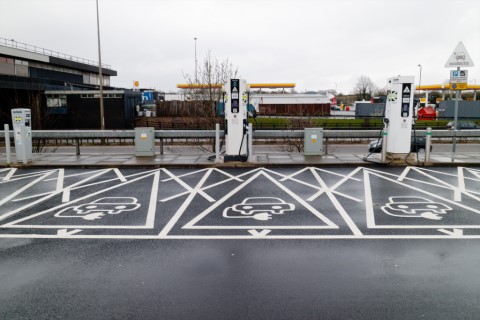
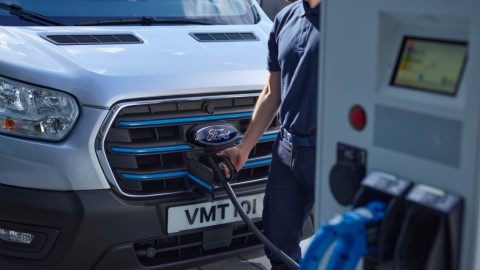

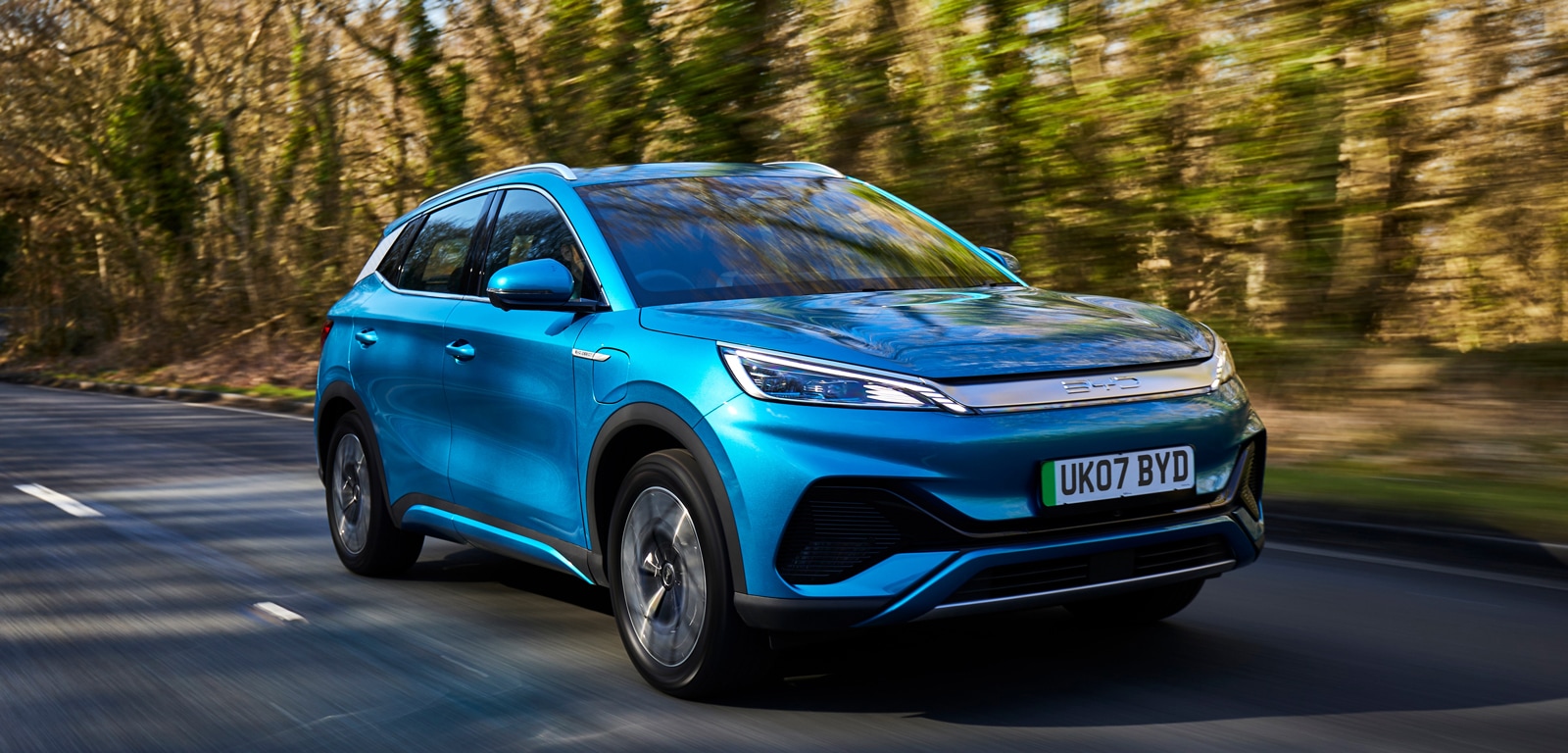
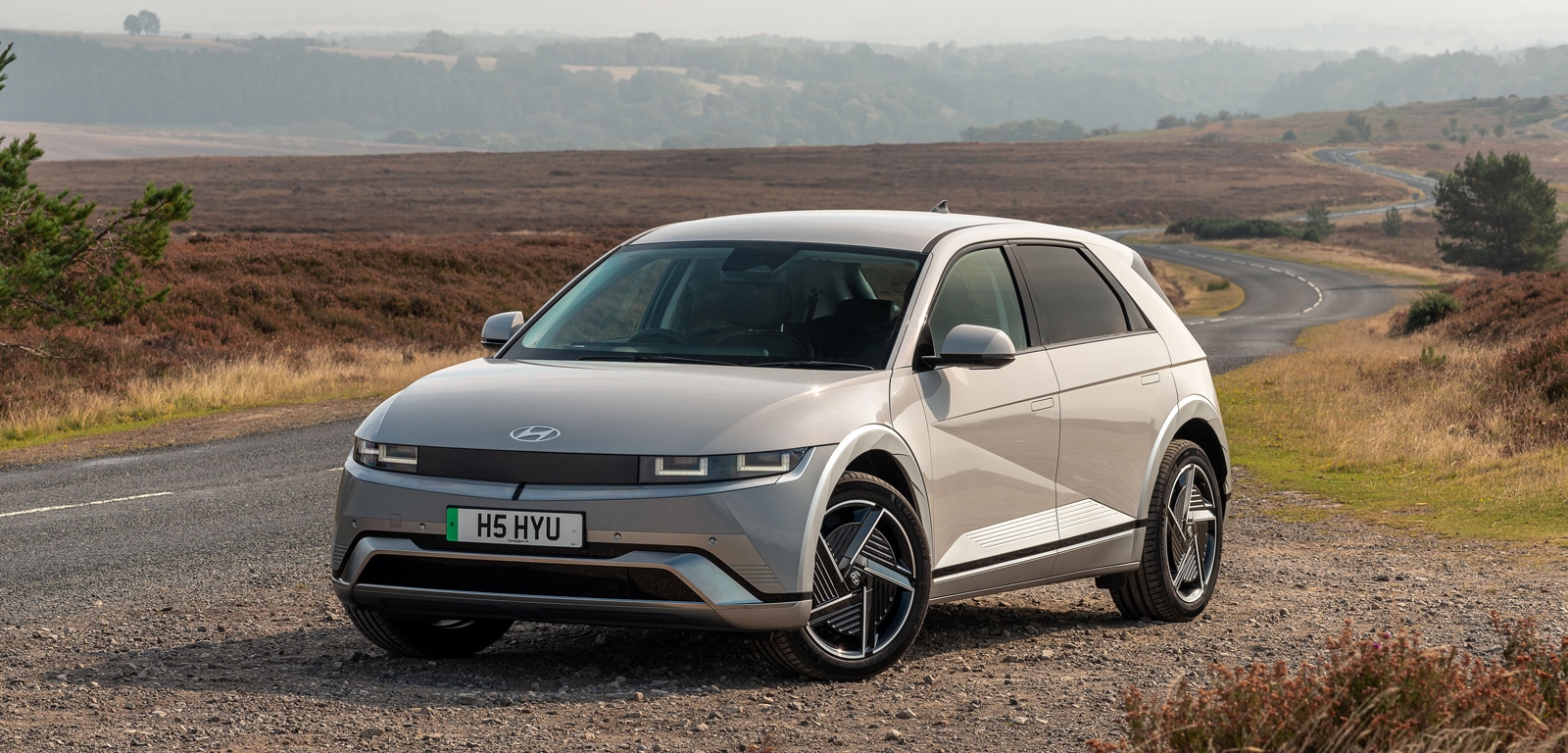
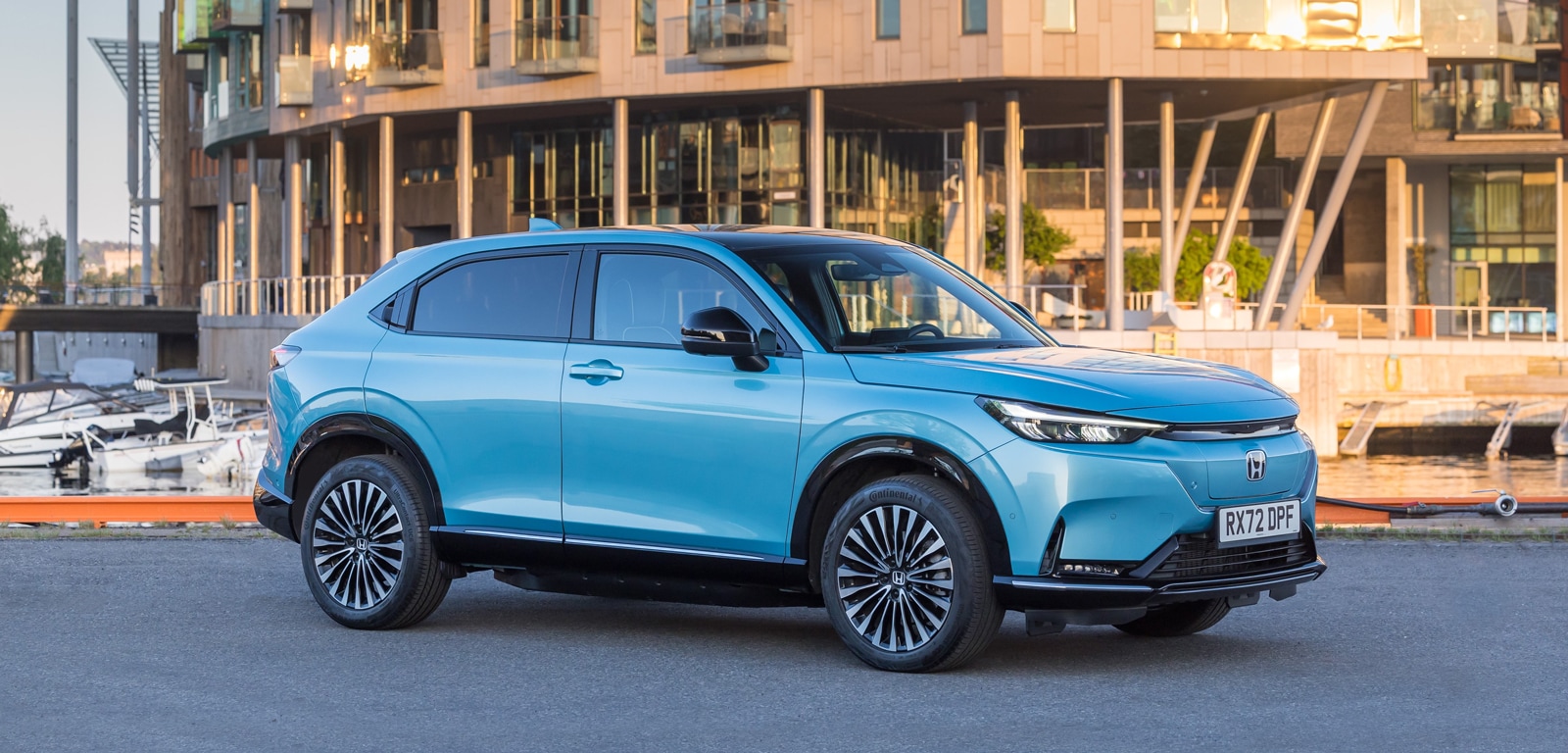
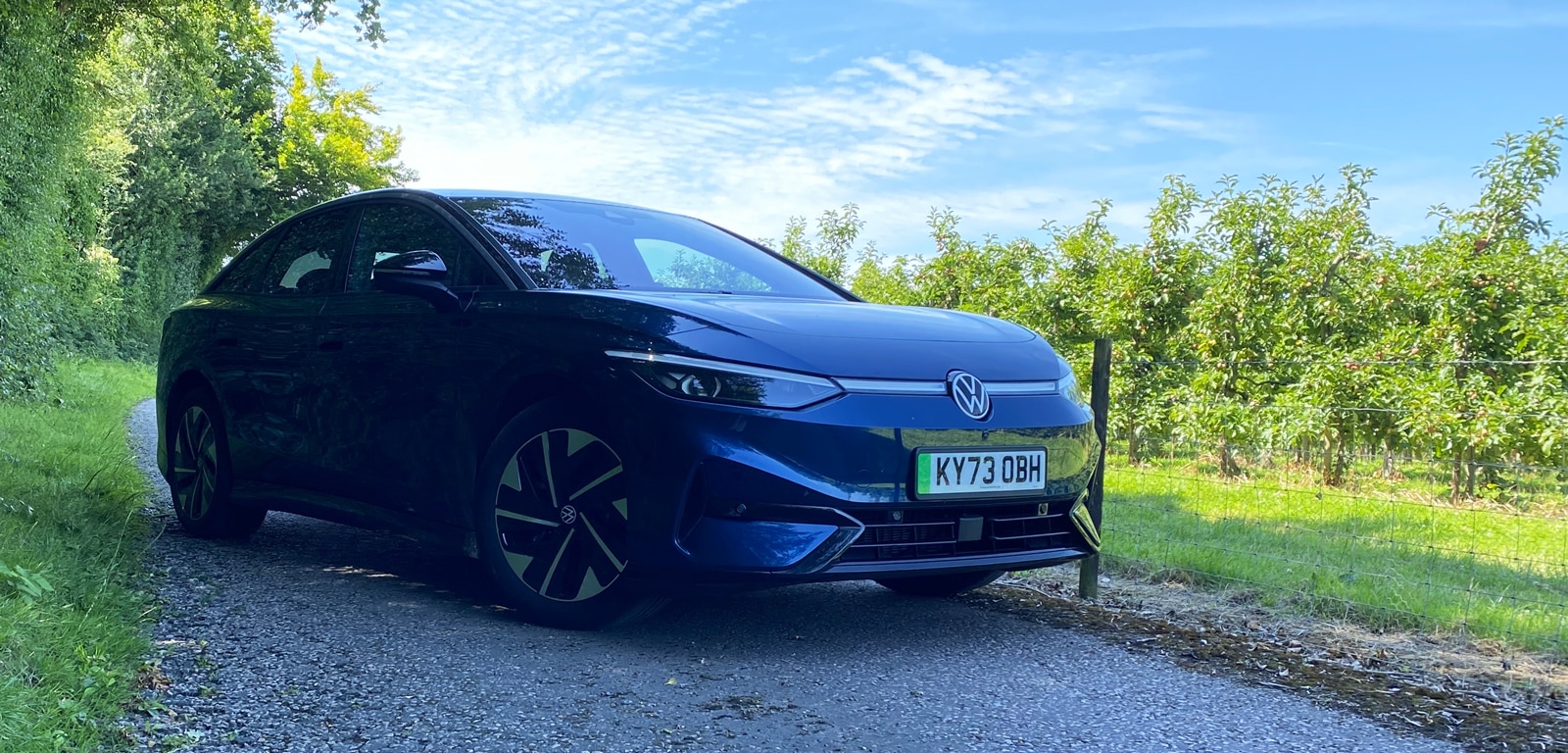
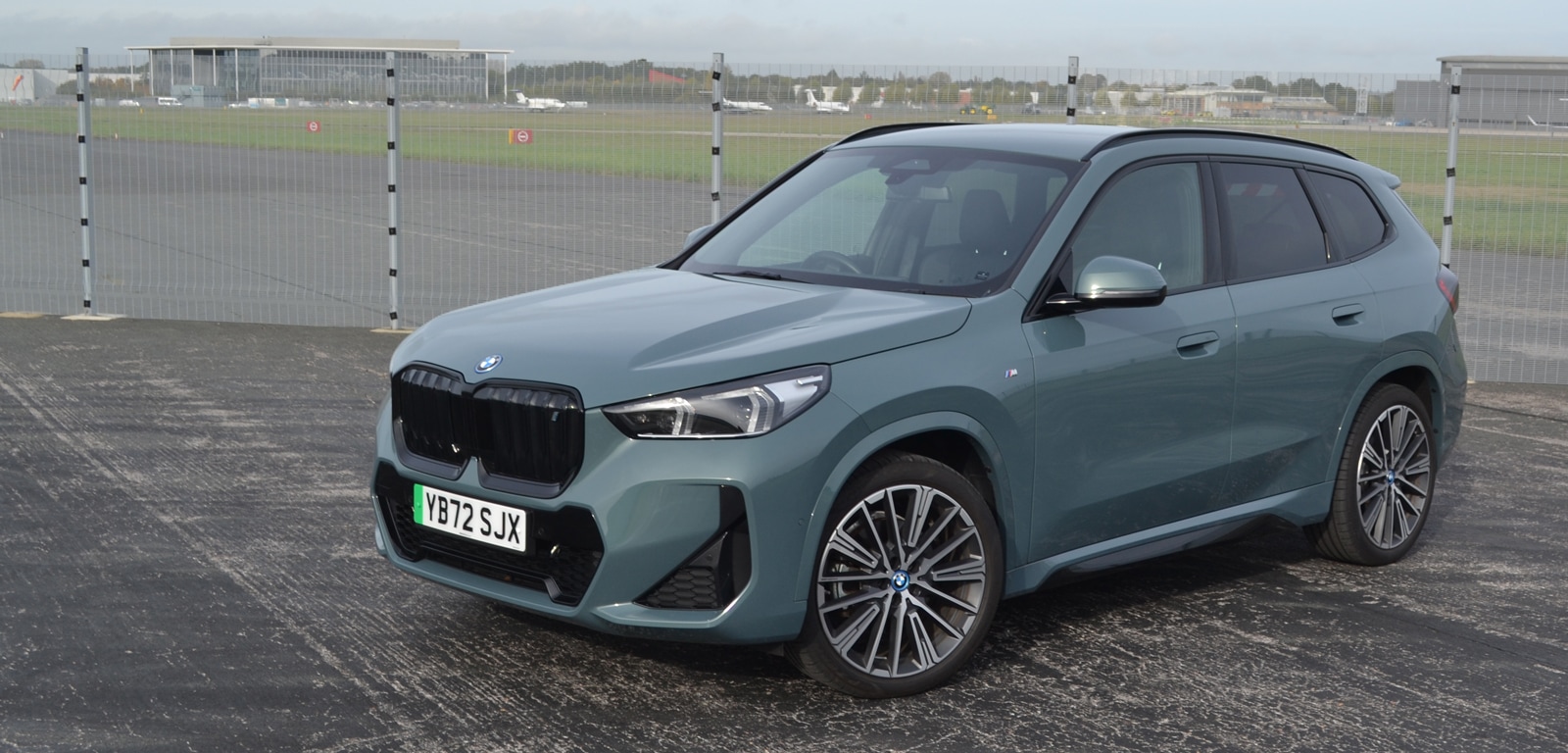


Comments (0)
Be the first to write a comment
Login/ Signup